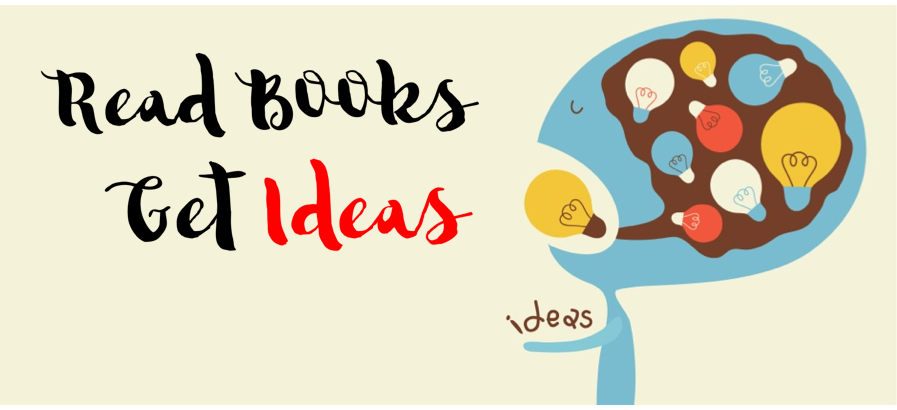There is pleasure in recognizing old things from a new viewpoint. -Richard Feynman
Remember, there is ALWAYS hope. NEVER give up! -Nick Vujicic
There are 15 ways behavior can change. If you want someone to perform a familiar behavior for the long term, you are seeking a Blue Path Behavior.


The Power of Habit
Why we do what we do and how to change
Charles Duhigg
20120228
About This Book
This book is divided into three parts. The first section focuses on how habits emerge within individual lives. It explores the neurology of habit formation, how to build new habits and change old ones, and the methods. The second part examines the habits of successful companies and organizations. The third part looks at the habits of societies.
Each chapter revolves around a central argument: Habits can be changed, if we understand how they work.
(Below we will focus on Part One – The Habits of Individuals.)
How Habits Work
The habit process within our brains is a three-step loop. First, there is a cue, a trigger that tells your brain to go into automatic mode and which habit to use. Then there is the routine, which can be physical or mental or emotional. Finally, there is a reward, which helps your brain figure out if this particular loop is worth remembering for the future.
We tend to think of a habit as a single thing, but actually, each habit has three components. There’s a cue, which is like a trigger for a behavior to start, and then there is a routine, which is the behavior itself, and then finally a reward, which is how our brain learns to encode that automatic behavior for the future.
This video shows us what science has unveiled about the human brain and productive work, and we’ll learn how to tackle the biggest pitfalls that sabotage your ability to get things done.
Not Just Willpower
Willpower is a limited resource that can be used up in it’s entirety. So the very first important thing is simply get started. Once you’ve gotten started though, you need better methods of staying productive and engaging in deliberate practice in order to avoid doing busy work.
In order to stay disciplined over time, you need to acknowledge the usefulness of systems for keeping yourself on track.
